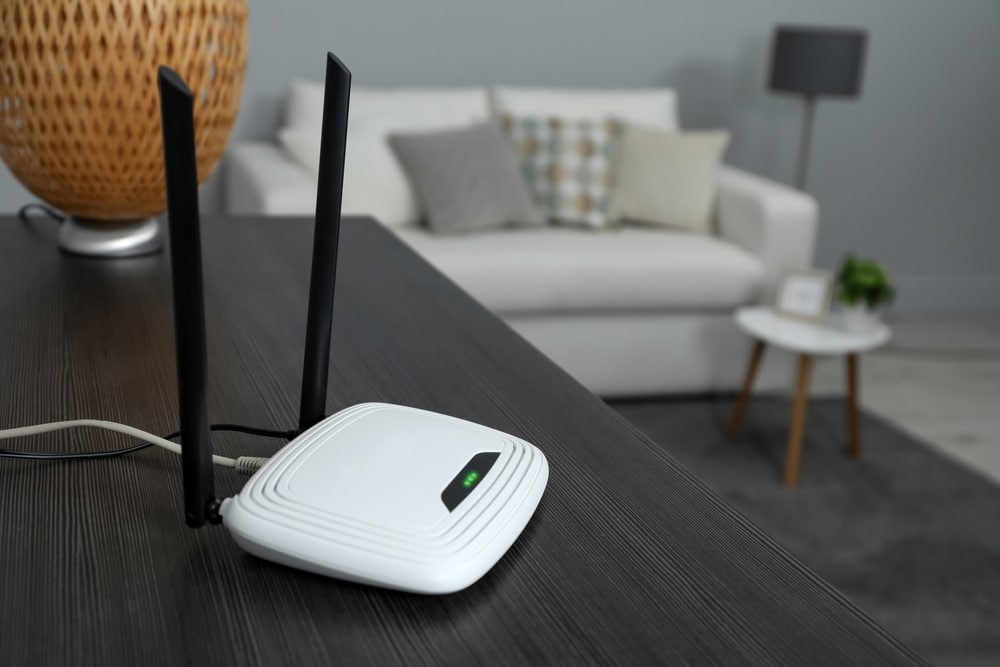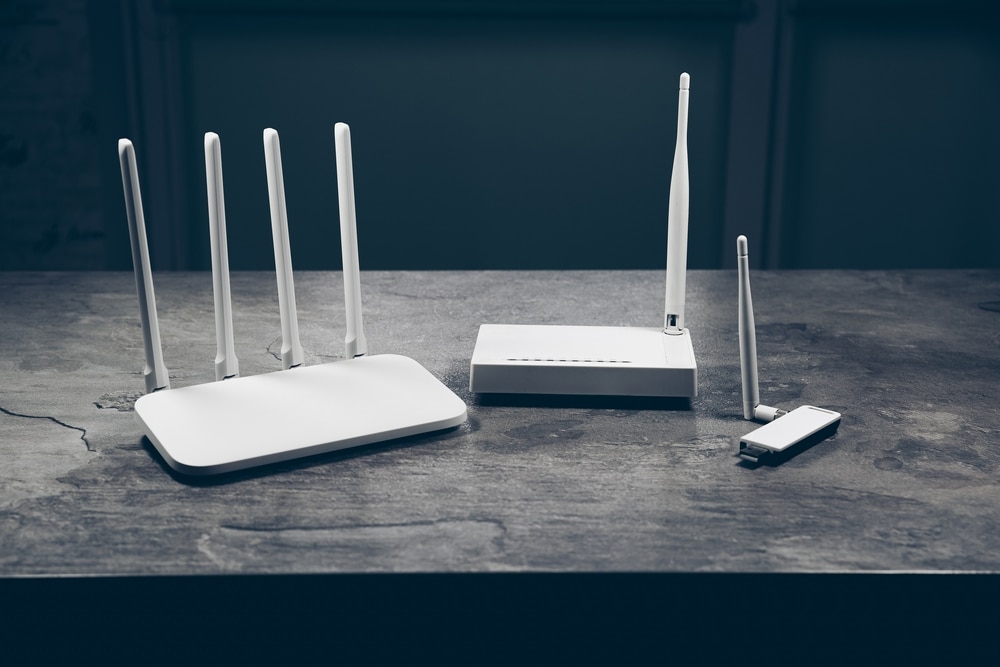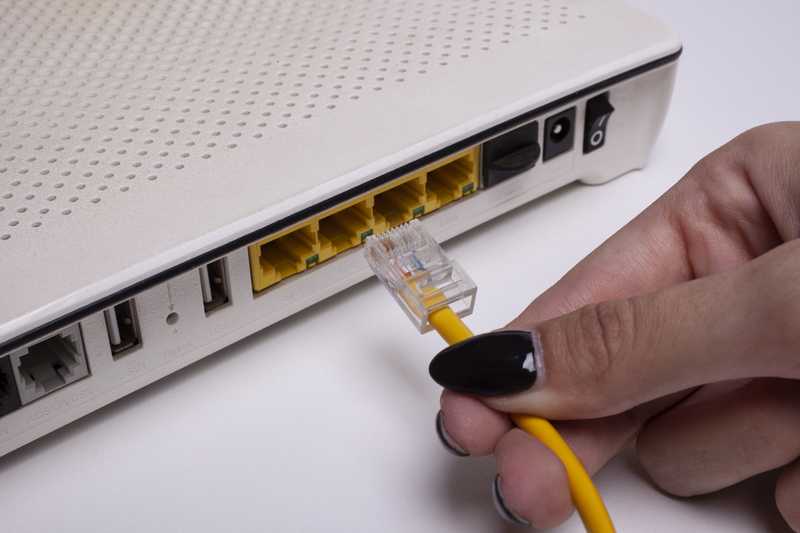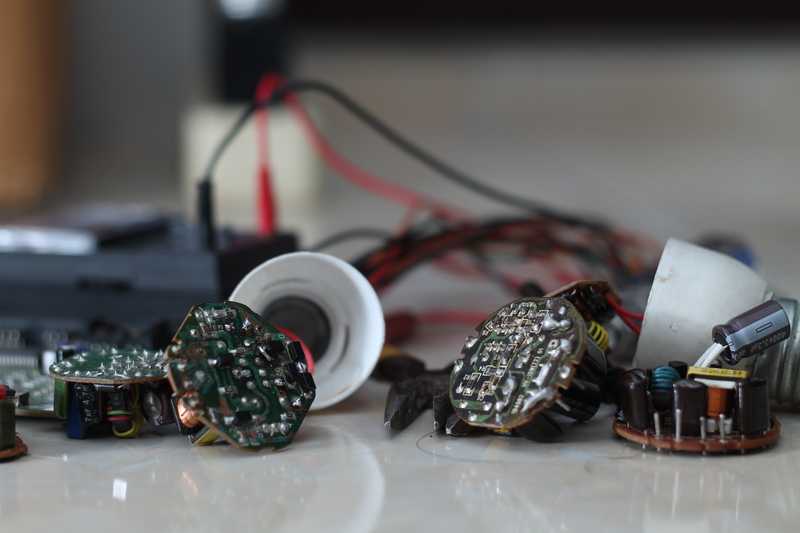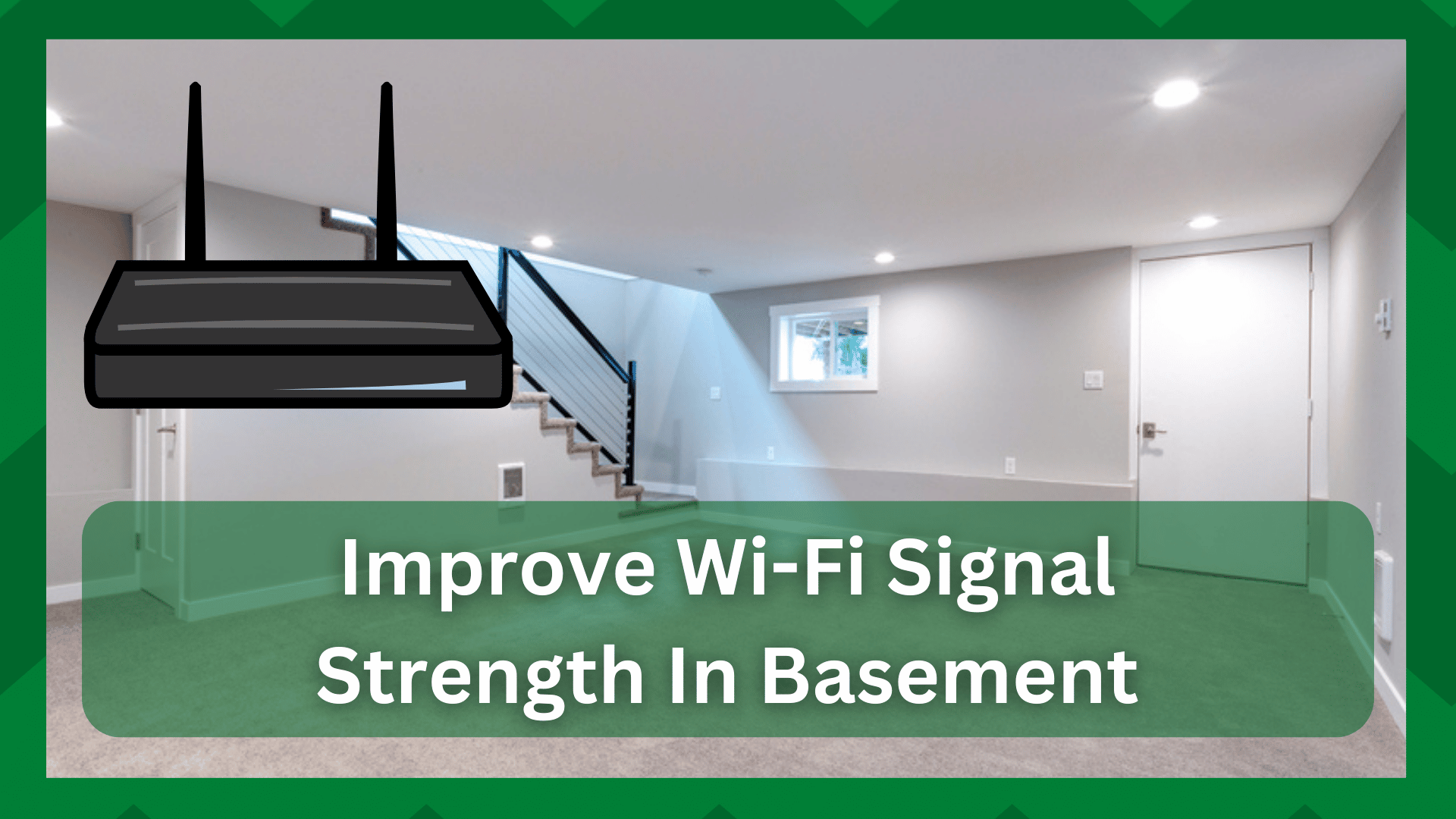
Assume you have a fantastic router in your home that provides plenty of signals in every room. Though the signal strength may be low, it does the job.
Now you go to the basement only to discover that it is a dead zone in your house with no coverage whatsoever.
Customers are frequently disappointed in this manner. Most of you will have average to good-quality routers or modems, and it is not fair to expect them to provide good signal strength in the basement.
Even though expensive and robust routers are available, it is common for users not to have proper signals in the basement due to physical obstructions or the unreachability of your router’s signals.
Improve Wi-Fi Signal In Basement:
Do you want to improve the Wi-Fi signal in your basement? Then you’ve come to the right place. But, before we get into the resolutions, there are a few things you should know.
The distance between the router and the location is the most common cause of poor Wi-Fi signal strength. No matter how well you place your router, there will be a point where the signals are disrupted.
Structures, thick walls, and barriers can all contribute to this. As a result, most routers in the networking market struggle to cover areas such as the basement.
But to every problem, there is a solution. Therefore, if you are frustrated by the signal disruption in your basement then here are some resolutions to improve the Wi-Fi signal in the basement.
- Relocate Your Router:
The first thing you should do is relocate your router to a central location. It does not have to be in the exact center of the space, but you can find a spot in your house where you believe it will throw a better signal.
Here are some considerations you should make before relocating the router. First, look out for large structures. It could be your home’s design or infrastructure, such as large cupboards or holders, or any other obstruction that is blocking the router’s signal.
After that, move it to a slightly elevated location. It doesn’t have to touch the ceiling, but a table or a shelf will suffice. Place your router and make sure there are no physical barriers above or below it.
You can try different positions until you get good signals even in the most remote locations. This location will not be difficult to locate, but at each location, you try, make sure to calculate the signal strength on your devices.
- Router Antennas:
Though this step may not be useful to all users because you may have a router that does not have external movable antennas if so, you are in luck.
External antennas are an excellent way to improve signal strength in your home or office. This can aid in concentrating signals in areas where the previous antenna setting was ineffective.
Assume you have two movable antennas on your router, both of which are pointing unidirectional. Begin by slowly moving the antenna, and one person can stand in the location with a Wi-Fi-enabled device that was having trouble retrieving signals.
Move the antenna and when you gain one or more signals to your device you have hit the right location. This is a great trick to fix signal issues without investing much time and effort.
- Invest In Wi-Fi Extender:
This is one of the simplest ways to cover your entire space in Wi-Fi. Wi-Fi extenders are intended to increase the range of your Wi-Fi without sacrificing speed. Even if you have a standard router, an extender will extend its range to 1500 square feet.
However, this is dependent on the model used. Speaking of which, TP-LINK, Netgear, ASUS, and Linksys are some of the most well-known brands in the networking industry. However, they will cost you a few dollars, but their performance is well worth the investment.
A Wi-Fi extender can provide not only basement Wi-Fi coverage, but also whole-home Wi-Fi coverage in the backyard.
Though this step appears to deviate from the “wireless” path, it is a very useful option when discussing stronger signals and faster speeds.
Because of interference independence, wired connections are always preferable to wireless connections. This means they are more powerful and will assist you in maintaining a consistent connection.
However, you can always connect an Ethernet cable between your router and the basement device. This will not be expensive but will provide you with optimal performance.
Also, if you do not have a setup in your basement and simply want to access the internet for entertainment purposes, you can easily convert your Ethernet cable end to a hotspot using an old router or configured access point.
- Interference Issues With Your Router:
Interference is the most common cause of network strength issues. Wi-Fi devices are extremely vulnerable to frequency interferences, which can disrupt and scatter signals before they reach the device.
When we talk about homes, many devices can cause network issues. Microwaves, washing machines, cell phones, and other networking devices can all interfere with the router’s signals.
This is why, even if your router has enough coverage to send signals to the basement, they will not get there because signals will weaken before reaching a specific location.
Changing the frequency of your router or blocking interferences are both equivalents. If you don’t want to mess with your router’s settings, this is the simplest option.
Physical obstructions, in addition to radio waves, can cause signal drops. So, to get the best performance, avoid putting the router in a confined space or beneath tables or beds.
- Invest In A Wi-Fi Amplifier:
Upgrading your Wi-Fi equipment is the most effective way to improve its stability and range. If you have a space with multiple clients and a large area to cover, you cannot use a standard router.
So it is preferable to invest in good equipment rather than find temporary solutions to your problem. An extender, repeater, or Wi-Fi amplifier can greatly improve the range of your Wi-Fi.
Netgear, TP-LINK, Rockspace, and Nexrbox are among the top sellers. These businesses have competitive and cutting-edge equipment to meet your requirements.

